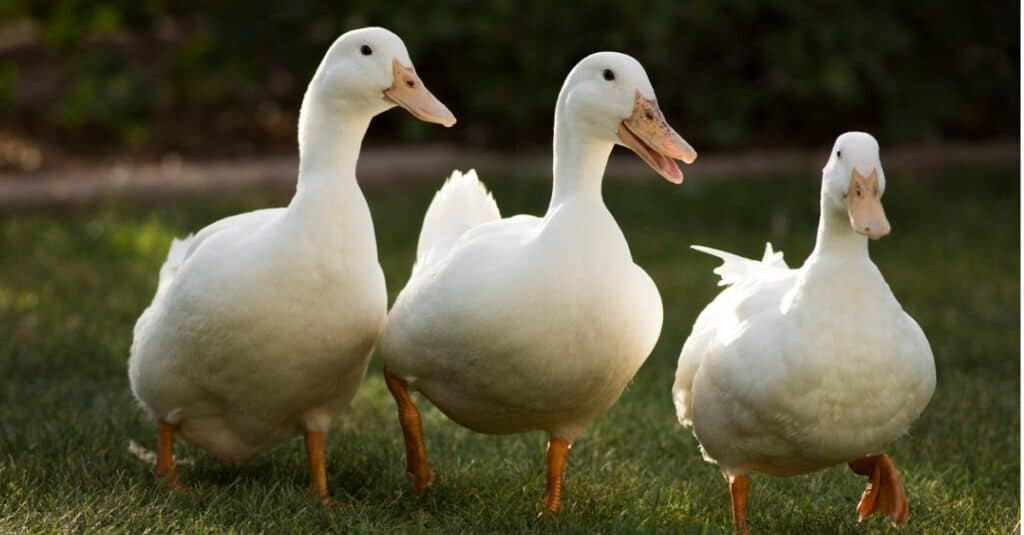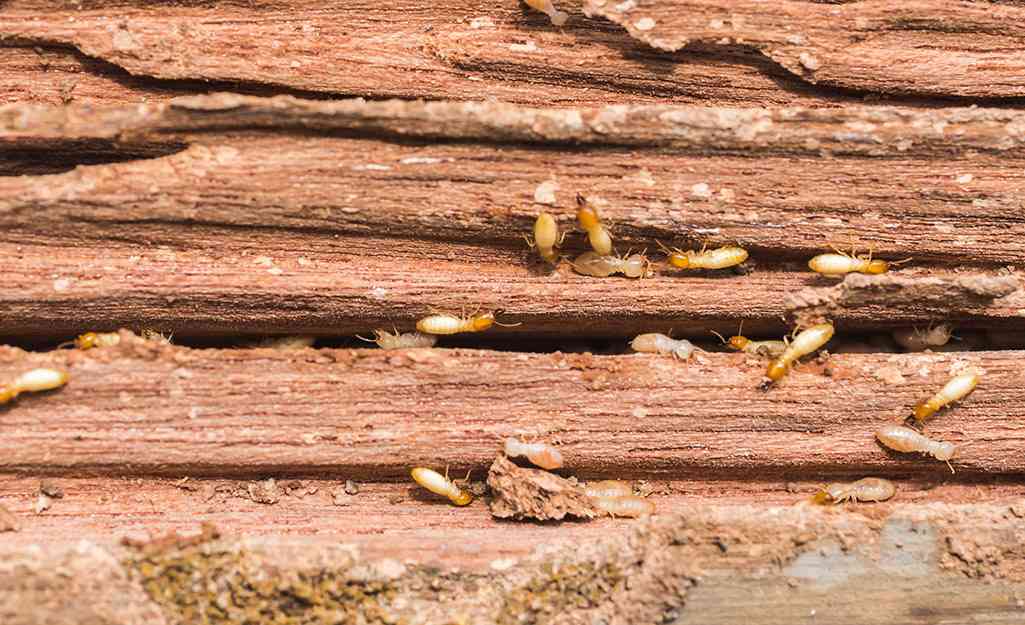
THERE are many misconceptions about duck farming that farmers need to get out of their minds. The most common one is ducks require water ponds to rear them.
Over the years breeders have come up with species that can live without swimming in pond water. These have become very common in most African countries, including Zimbabwe.
Ducks are raised for both meat and egg production. They are second only to chicken in terms of egg and meat production. But they have a longer production period than chicken.
A duck can lay up to 300 eggs per year, which are edible.
Many people like the slightly stronger taste of duck eggs.
Duck eggs are great for baking because they are rich in fat.
Ducks are not prone to diseases. They are also not sophisticated when it comes to their shelter requirements.
Basic facilities and equipment are needed to start duck farming, such as a partially closed shed, a cheap fence, a feed hopper or a wooden trough and just a watering can. The shelter should be located in a high, well-drained courtyard area.
- Mavhunga puts DeMbare into Chibuku quarterfinals
- Bulls to charge into Zimbabwe gold stocks
- Ndiraya concerned as goals dry up
- Letters: How solar power is transforming African farms
Keep Reading
Most farmers in Zimbabwe practice the free-range duck rearing system whereby ducklings are provided with ample space for escape and overnight shelter.
On a free-range system, ducks get most of their protein needs food like small fish, crustaceans, and insects.
There are different types of ducks that can be reared locally.
The Muscovy duck
It is the most common in Zimbabwe. It is reared for meat. The Muscovy duck is a heavy breed whose body is thick and is yellow skinned.
Male Muscovy ducks can be very large weighing up to 4,5 to 5,5 kg.
Females are small, with an average weight of 2,3 to 2,8 kg. Market age is 12 weeks.
Native or pateros duck
This is the most popular in Zimbabwe. Although smaller than imported breeds, they are well layered and non-sitters. Their eggs are large.
Khaki Campbell ducks
These ducks are good layers. They lay 300 or more eggs a year, which are large with a thick shell, each weighing 70 to 75 grammes.
Indian runner
This breed originated from the East Indies, but its egg production potential developed in Western Europe and it is a domestic duck breed.
This duck adopts a very straight normal posture with an almost straight neck.
The back is long, straight, and narrow. An adult duck weighs about 2,10 kg. Egg production characteristics of this breed are similar to those of khaki Campbell.
Pekin duck
The Pekin duck is a native of China. Sometimes it is considered a goose because it straightens its body. It is docile and adapts to the Philippine climate.
Pekin ducks are good layers, and ducklings are ready to market at two or three months of age. They are ideal for commercial production because of their good egg-laying ability and hatching capacity.
It fits well with captivity and is a good egg producer. The Pekin duck has good meat production. Market age is seven weeks.
Mule duck
The Mule duck is the result of a cross breeding between a masculine male and a pecan female. It grows faster than Muscovy and gives a good yield of lean meat with a juicy flavour.
However, this breed is sterile. Market age is eight weeks.
Ducks can be successfully kept in open ponds, provided there is a nearby dry shelter.
Pond ducks can get their share of food from the plants and animal life in and around the pond. But additional food may be needed.
Feeds should be arranged in wide tubs or containers that cannot be tipped. We use metal pans and stone pots, setting one at a time so that all the ducks can eat together.
Leafy vegetables are an important part of the duck’s diet.
- Gwabanayi is a practising journalist and a farmer in his own right. — 0772 865 703 or [email protected]











